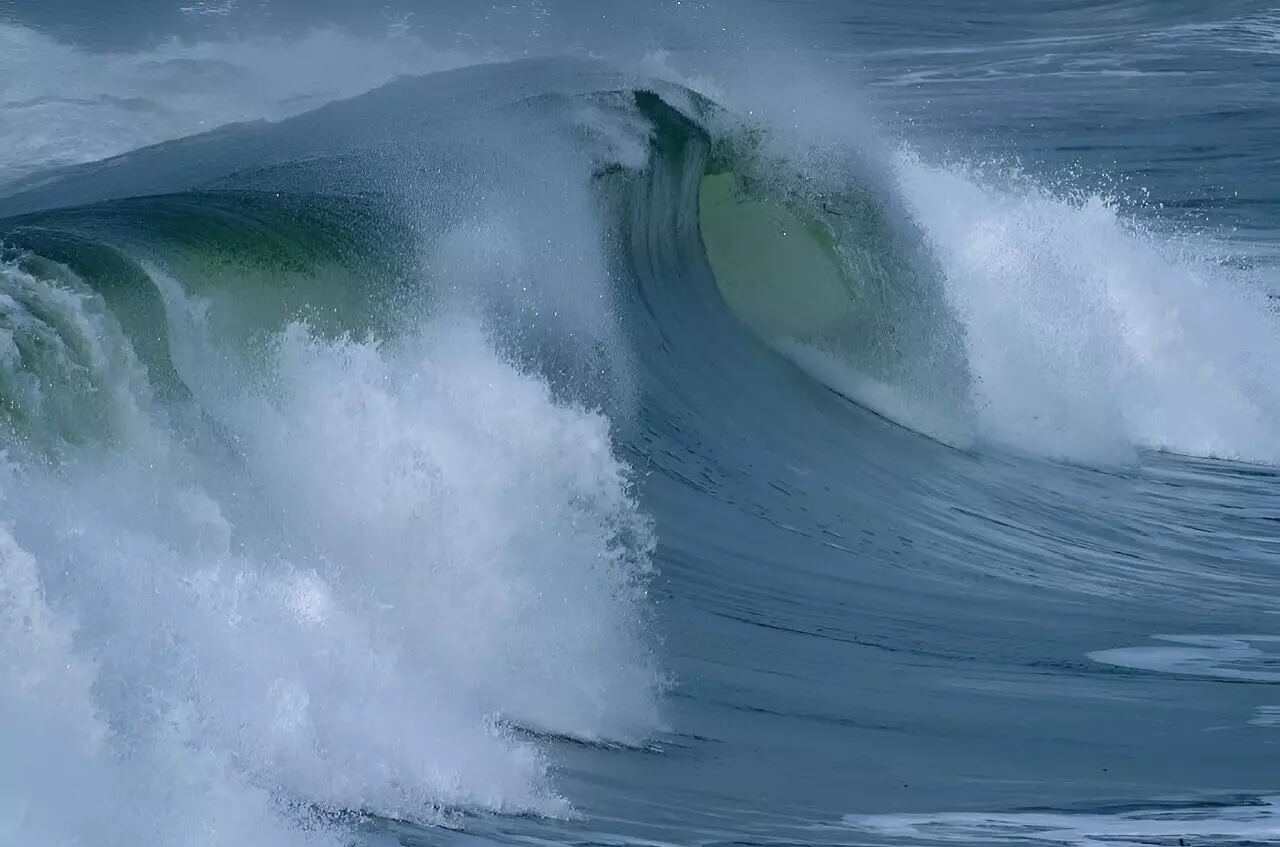Rogue waves, often referred to as “freak waves,” present a formidable threat to maritime operations, characterized by their sudden emergence and colossal heights. These waves can rise unexpectedly, overpowering large vessels and offshore structures, posing grave risks to crews and cargo alike. The sheer unpredictability of rogue waves has earned them a notorious reputation within the field of oceanography. Despite advancements in meteorological forecasting, the ability to predict these giant waves effectively remains a daunting challenge, until now.
Innovative Prediction Tool
Recent research unveiled a revolutionary tool capable of forecasting the presence of rogue waves up to five minutes in advance. Conducted by researchers Thomas Breunung and Balakumar Balachandran, this study published in *Scientific Reports* outlines a neural network model trained specifically to identify precursors of rogue waves. Unlike traditional approaches, which rely on historical data and generalized patterns, this innovative tool is fine-tuned to provide timely warnings based on real-time data collected from a vast array of buoys along the U.S. coastlines and surrounding Pacific Islands.
Data-Driven Accuracy
The heart of this predictive model lies in its extensive dataset comprising 14 million samples of sea surface elevation data. This wealth of information allows the neural network to discern critical indicators that precede rogue wave events. Remarkably, the model achieved a prediction accuracy of 75% for detecting rogue waves just one minute before their anticipated arrival and maintained a 73% accuracy rate at the five-minute mark. Such a timely alert could be life-saving, affording crews precious moments to take evasive action.
Potential for Broader Application
What sets this research apart is its promising adaptability. The neural network’s capability extends beyond the initial training locations, as evidenced by its 75% accuracy when predicting rogue waves near buoys that were not part of the training dataset. This suggests that the model could be effectively applied across diverse maritime environments, potentially revolutionizing the way maritime safety is approached globally.
Future Directions
While the current findings are commendable, anticipatory advancements could elevate the model’s effectiveness. The authors propose innovations such as integrating additional data parameters—water depth, wind speed, and wave positioning—to refine predictions further. Enhancements could lead to not just detection but also quantification of rogue wave heights and prediction of their exact timing, fundamentally transforming navigational safety protocols.
In essence, this groundbreaking tool signifies an exciting leap forward in maritime safety technology. By harnessing the power of machine learning and vast datasets, the researchers illuminate a path toward a future where rogue waves no longer catch seafarers off guard, but rather encourage swift, informed responses to nature’s unpredictability.

